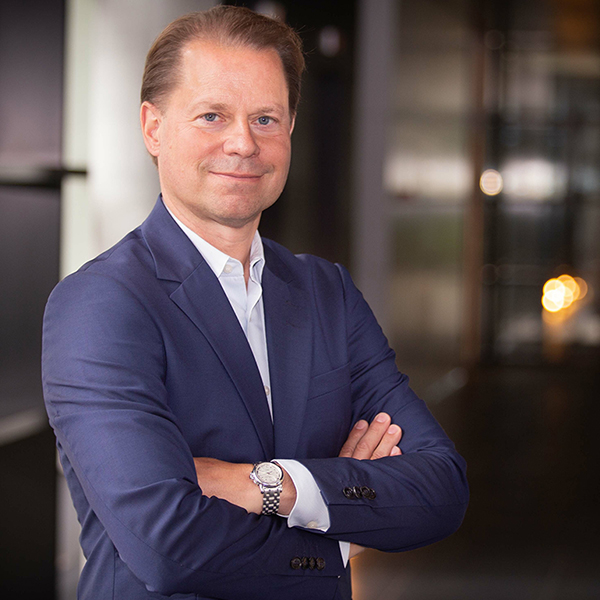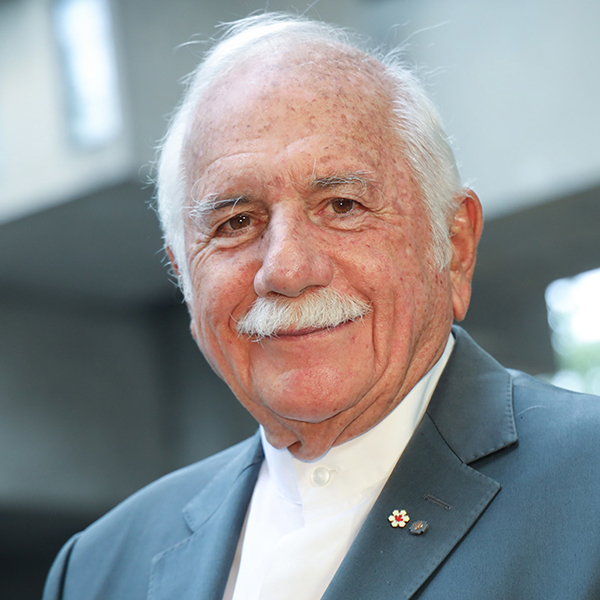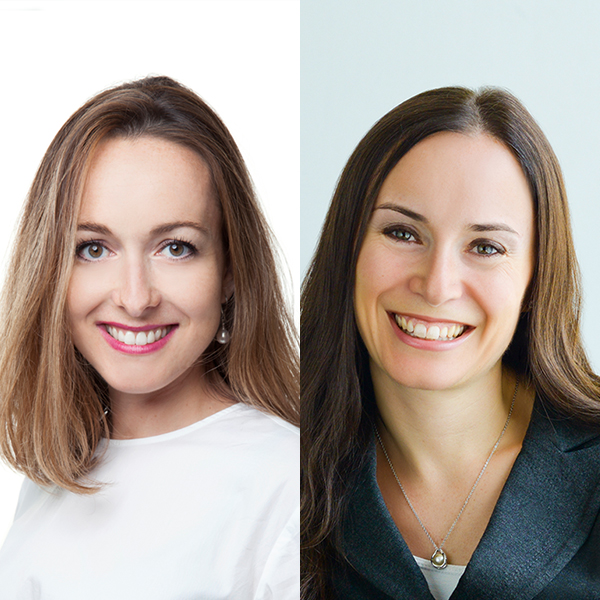Columbia University president Lee Bollinger recently described Amale Andraos’s work as the dean of his university’s Graduate School of Architecture, Planning and Preservation as “transformative.” In March, Andraos was named an Honorary Fellow of the Royal Architectural Institute of Canada, one of four new fellows recognized for having “significantly impacted the architectural practice around the world.”
Andraos’s emergence as an award-winning, internationally recognized architect probably would have come as a surprise to her younger self.
At first, she wasn’t sure what career she wanted. She thought of law, science, maybe engineering. She majored in economics for a year.
“Finally, when I got into architecture at McGill, it was like ‘okay, I’m home’,” says Andraos, BSc(Arch)’94, BArch’96. “It felt like I found this incredible community that I had been longing for.”
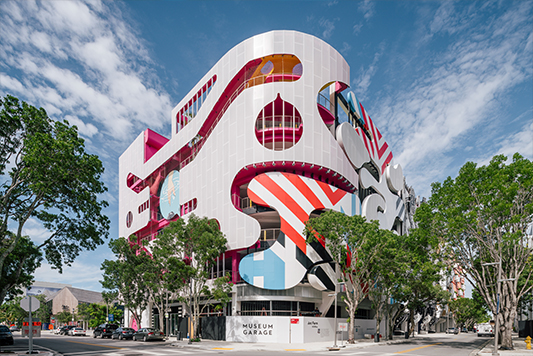
Image: WORKac
She credits her McGill experience not only for the rigorous education she received, but also for the creative and intellectual freedom she experienced. “I found a place where I could speak, I could be, I could imagine. It was a wonderful formation.”
For Andraos, architecture is a lens through which one can discover and understand the world — and then create a new world. “That freedom to disassemble and reassemble means that you are constantly an architect in whatever you do.”
Andraos knows something about reassembling one’s world. Born in Beirut, she emigrated as a young child with her family to Saudi Arabia when the civil war broke out in Lebanon. Then, the family relocated to Paris. Finally, they settled in Montreal, and Andraos applied to McGill.
Her father had been an architect in Lebanon. While he was pleased that she had finally decided to study architecture, it was a double-edged sword.“I had to move out to be sure I could develop my own voice!” she says with a laugh. She moved to her own place on St. Urbain and spent most of her time in design studio. Fluent in French, Andraos had learned English only by watching Sesame Street in Saudi Arabia. But she seems to have embraced that challenge as well. “It forced me to learn English,” she says of her undergraduate degree. “I don’t regret it.”
Her McGill thesis explored Beirut as it emerged from the civil war in the mid-1990s — she designed a hotel to capture the moment between destruction and reconstruction.
“I feel very lucky,” says Andraos. Quebec welcomed her family, and McGill gave her the chance to explore what she really wanted to do. She’s especially grateful to her parents for their difficult decision to start a new life, which gave her and her siblings new opportunities.
Those opportunities took her to Harvard University for a master’s degree in architecture. She worked in the Netherlands for the renowned Dutch architect Rem Koolhaas. In 2002, she moved to New York. A year later, she and her husband, Dan Wood, formed WORKac, now an internationally recognized architectural firm that aims to reinvent the relationship between urban and natural environments.
And in 2014, Andraos became the first woman to be appointed dean of the Columbia University Graduate School of Architecture, Planning and Preservation (GSAPP).
Andraos was attracted to the school for its energy and optimism, its willingness to experiment with what architecture is and can be. But the main reason she accepted this new challenge? “It’s my passion to think about how we come together across disciplines to address climate change,” says Andraos. “The built environment has a big role to play.”
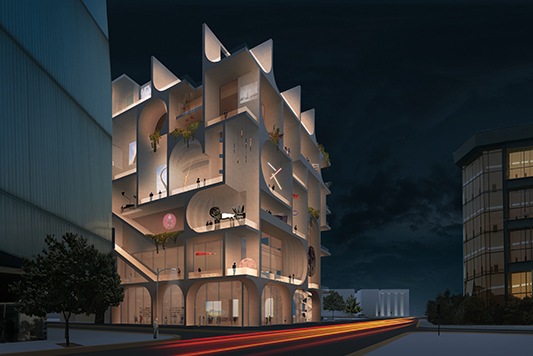
Image: WORKac
During her tenure as dean, Andraos reconceptualized GSAPP’s disciplines around the study of climate change as well as two other grand challenges of the 21st century: social equity and the impact of data and technology. She oversaw new interdisciplinary connections and increased the school’s research capacities. Student financial aid was doubled, and she launched an incubator for alumni to experiment with how their architectural practice can effect positive change in the world.
“The built environment sits at the heart of every challenge and opportunity facing the planet today,” she wrote in her dean’s letter on the school’s site.
Andraos also ensured that GSAPP became a platform for new voices. That meant increasing gender equality, expanding BIPOC representation, and thinking more about the Global South. “It’s not just about integrating disciplines,” says Andraos. “It’s also about being more inclusive of voices that have not been centred in architectural discourse. So, that’s been very exciting.”
After seven years, she will step down as dean on December 31. She will remain on faculty — she has also taught at Princeton, Harvard, and the American University of Beirut — and in July she will begin a new role as special advisor to the president, with a focus on the newly created Columbia Climate School.
Andraos welcomes this opportunity to continue disassembling and reassembling the disciplines of the built environment to tackle the impact of climate change. “This new role is a way for me to transfer my knowledge as dean, before I return to being an architect.”
Actually, she’s never stopped working as an architect. WORKac, which she cofounded in 2003, has been going strong. In 2008, the firm won MoMA’s Young Architects Program. In 2017, it was named the top design firm in the U.S. by Architect Magazine. Its projects have won a pile of prizes.
Known for their playful, imaginative designs, WORKac is equally noted for the thoughtful and inventive integration of architecture, landscape, and ecological systems.
Hard to imagine that a parking garage for 800 vehicles could be beautiful? WORKac and its partners on the award-winning Miami Museum Garage project managed to do just that. WORKac’s projects have ranged from the Edible Schoolyards in Brooklyn and Harlem (an effort that promotes cooking and gardening awareness among schoolchildren), to an international conference centre in Gabon, to the studio headquarters of internationally renowned designer Diane von Fürstenberg, to an urban doghouse, complete with treadmill, video screens, and odour machine.
WORKac was recently awarded the commission for the Beirut Museum of Art. Slated for completion in 2023, the new museum will be located on the site that once marked the dividing line in the Lebanese civil war.
“Beirut is a city that has always inspired me, filled my imagination and remains close to my heart,” Andraos said at the announcement of the commission.
When Andraos was named an Honorary Fellow of the Royal Architectural Institute of Canada in March, the honour recognized her impact not only on the built environment, but also on public life. This echoes Andraos’s own belief that architects must engage with the world, rather than follow the traditional notion of the architect-cum-artist removed from daily life.
“We know that climate change is going to significantly impact vulnerable people around the world — and we can see that in the built environment. So, we have to do better.”
How to reassemble a better world? First, don’t believe this reinvention will come solely from technological progress, says Andraos. “Change can also come from reacquainting ourselves with very old practices and ways of understanding our place in the world.”
And then, continue to push for more voices — and different kinds of voices — in positions of leadership. “That’s what produces the most change.”
